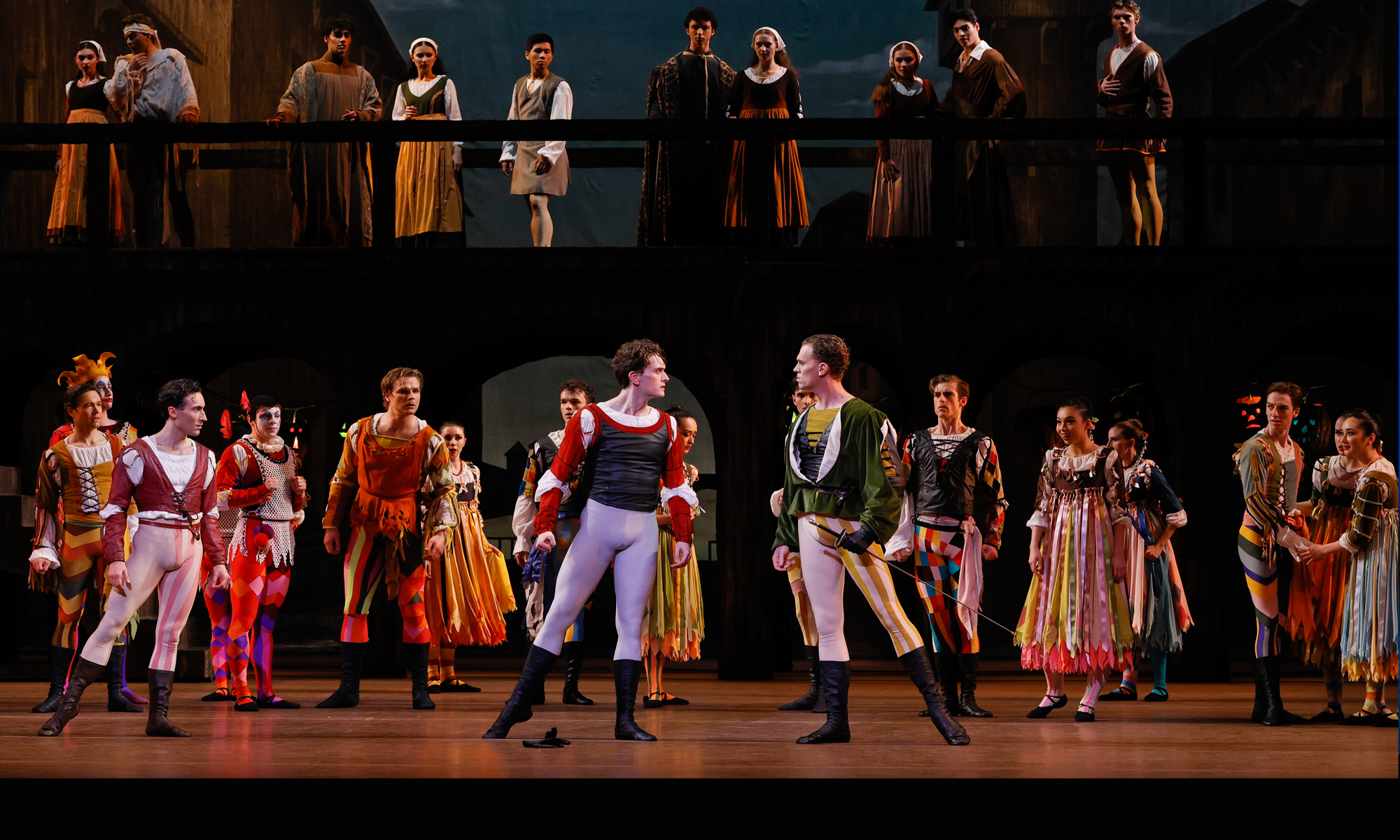Prix Benois de la Danse
Bolshoi Theatre (Historic Stage)
Moscow, Russia
June 2024
by Ilona Landgraf
Copyright © 2024 by Ilona Landgraf
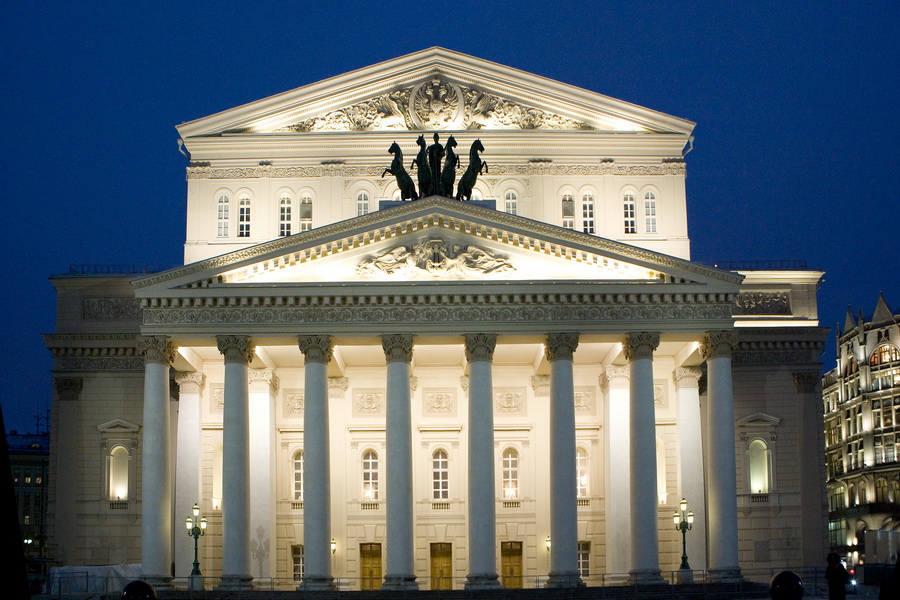
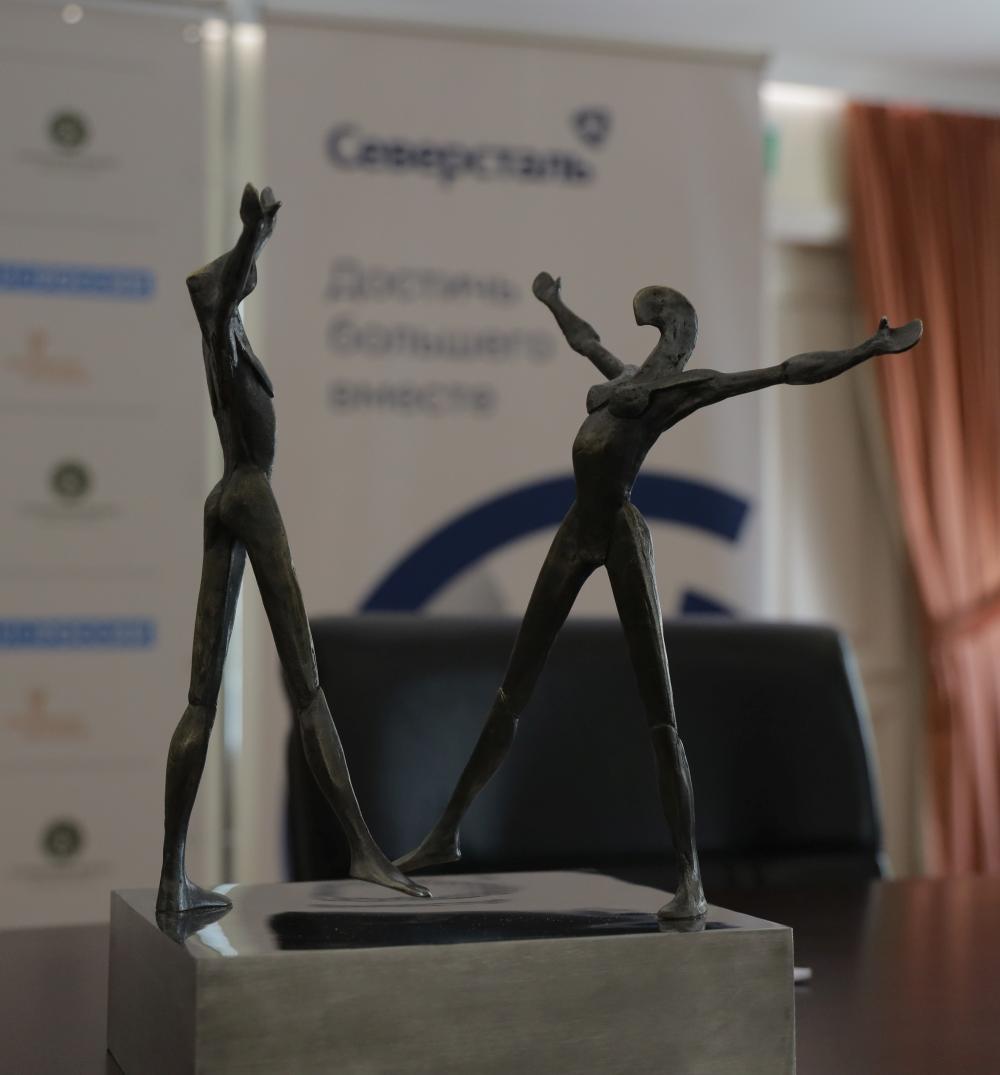 Thirteen dancers from eight companies are nominated for this year’s Prix Benois. Of the seven women and six men, two dance in China, Hungary, and Italy; one dances in Japan, and six in Russia. Next week, the laureates will be announced in an award ceremony at the Bolshoi Theatre, Moscow.
Thirteen dancers from eight companies are nominated for this year’s Prix Benois. Of the seven women and six men, two dance in China, Hungary, and Italy; one dances in Japan, and six in Russia. Next week, the laureates will be announced in an award ceremony at the Bolshoi Theatre, Moscow.
Here’s a short overview of the nominees in alphabetical order by company names:

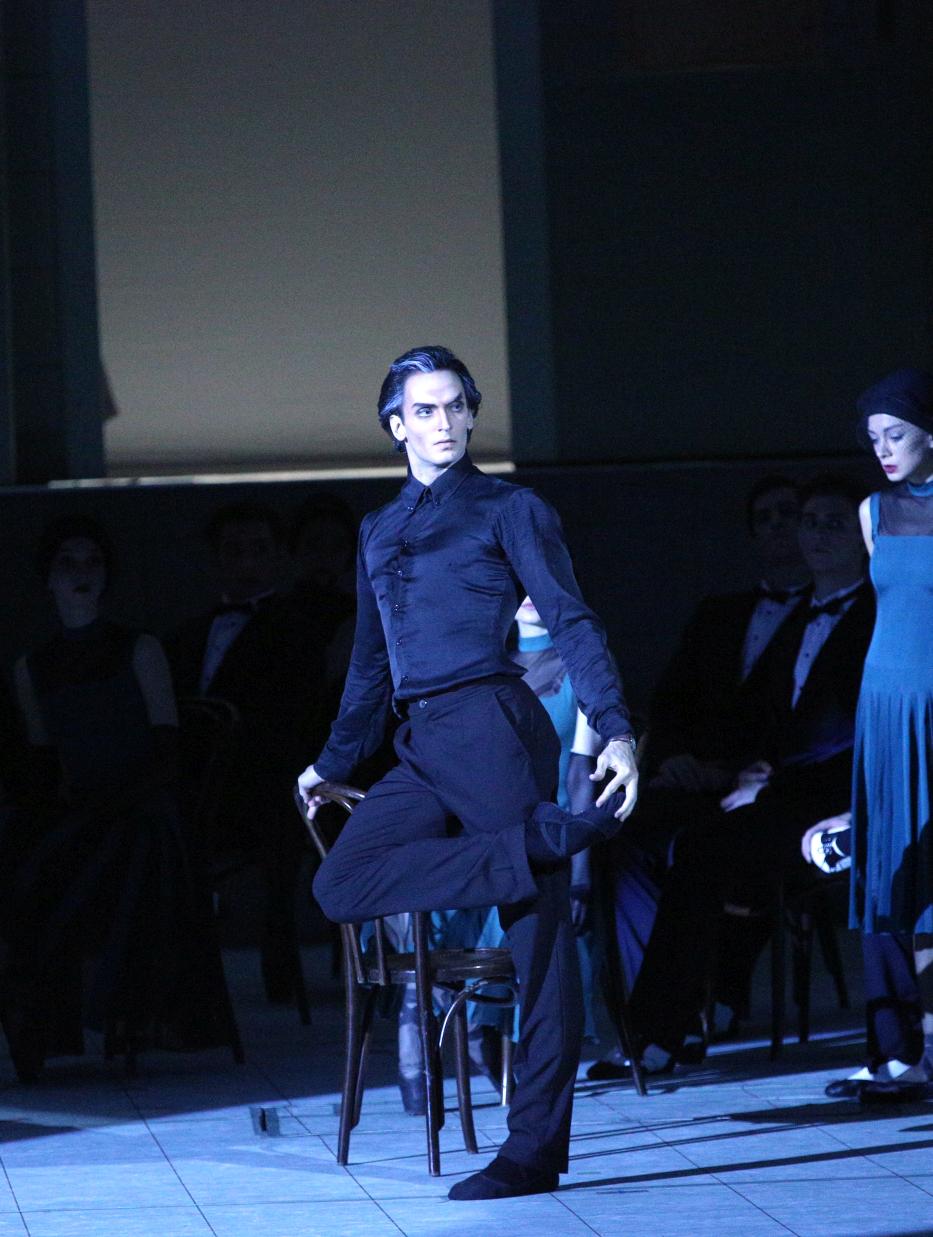 Artemy Belyakov, a Bolshoi Ballet dancer since 2010 and appointed principal dancer since 2019, was nominated for his performance of Ivan IV in Yuri Grigorovich’s Ivan the Terrible.
Artemy Belyakov, a Bolshoi Ballet dancer since 2010 and appointed principal dancer since 2019, was nominated for his performance of Ivan IV in Yuri Grigorovich’s Ivan the Terrible.
Belyakov’s colleague Vladislav Lantratov, also a principal of the Bolshoi Ballet, was previously awarded the Prix Benois in 2018. This season, he was nominated for his interpretation of the leading male role, Herman, in The Queen of Spades, Yuri Possokhov’s latest choreography for the Bolshoi.
Both Belyakov and Lantratov are coached by Alexander Vetrov, People’s Artist of The Russian Federation and a teacher-repetiteur at the Bolshoi since 2011. Vetrov describes them as follows: “Artemy is a high-flying artist, comprehensively gifted, very multi-talented, with magnificent stage appearance and innate nobility. He is equally good both in the role of princes (positive characters) and in sharper character roles, such as Crassus and Ivan the Terrible. I am very glad that he was nominated for the Benois competition; I hope the jury will judge him fairly and at his true worth. I wish him all the best in his endeavors, since he is also a young choreographer. I am very glad that I have such a talented student!

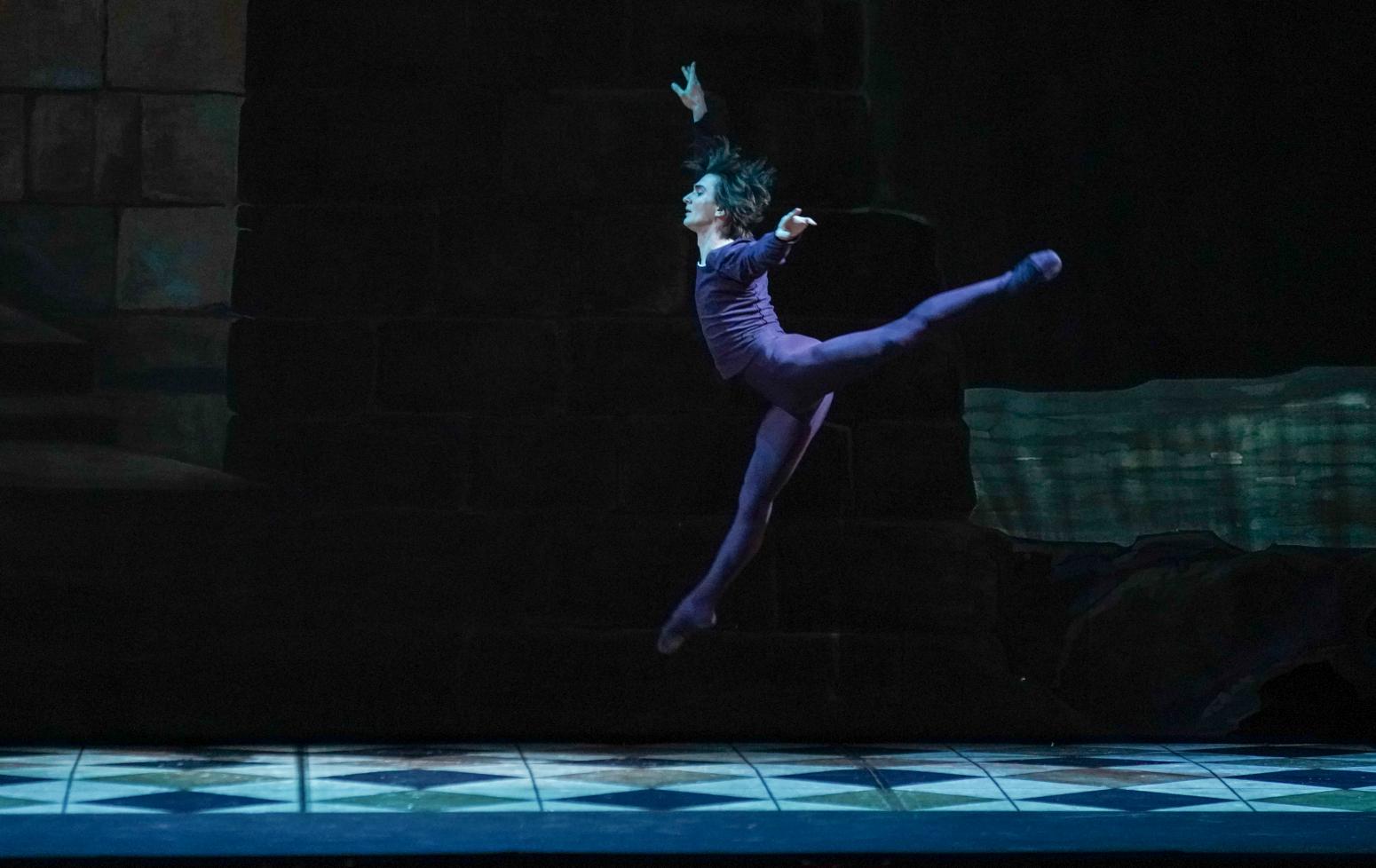 I can say the same about Vlad. I have been working with him full-time since the demise of Valery Stepanovich Lagunov. That’s not for not such a long time, but we worked together for the main parts in Grigorovich’s ballets, such as Ivan the Terrible, Tybalt, and Crassus. We did The Legend of Love – we prepared it with him directly from beginning to end. I can say that he is a very talented and thoughtful artist who perfectly knows his characteristics, his merits, and he knows how to turn them into a huge advantage on stage. With good technique too. May God also give him health and all the best. Hope for victory!
I can say the same about Vlad. I have been working with him full-time since the demise of Valery Stepanovich Lagunov. That’s not for not such a long time, but we worked together for the main parts in Grigorovich’s ballets, such as Ivan the Terrible, Tybalt, and Crassus. We did The Legend of Love – we prepared it with him directly from beginning to end. I can say that he is a very talented and thoughtful artist who perfectly knows his characteristics, his merits, and he knows how to turn them into a huge advantage on stage. With good technique too. May God also give him health and all the best. Hope for victory!
I’m glad my guys are climbing to the top.”
Notre Dame de Paris, Patrick de Bana’s tailor-made ballet for the Liaoning Grande Theatre, China, propelled two of its dancers onto the list of potential laureates. Soloist, Sun Huixin, was nominated for her performance of the heroine, Esmeralda, and Zhang Haidong, a principal of the company and regular guest dancer abroad, won his ticket to the Bolshoi because of his performance of Quasimodo.
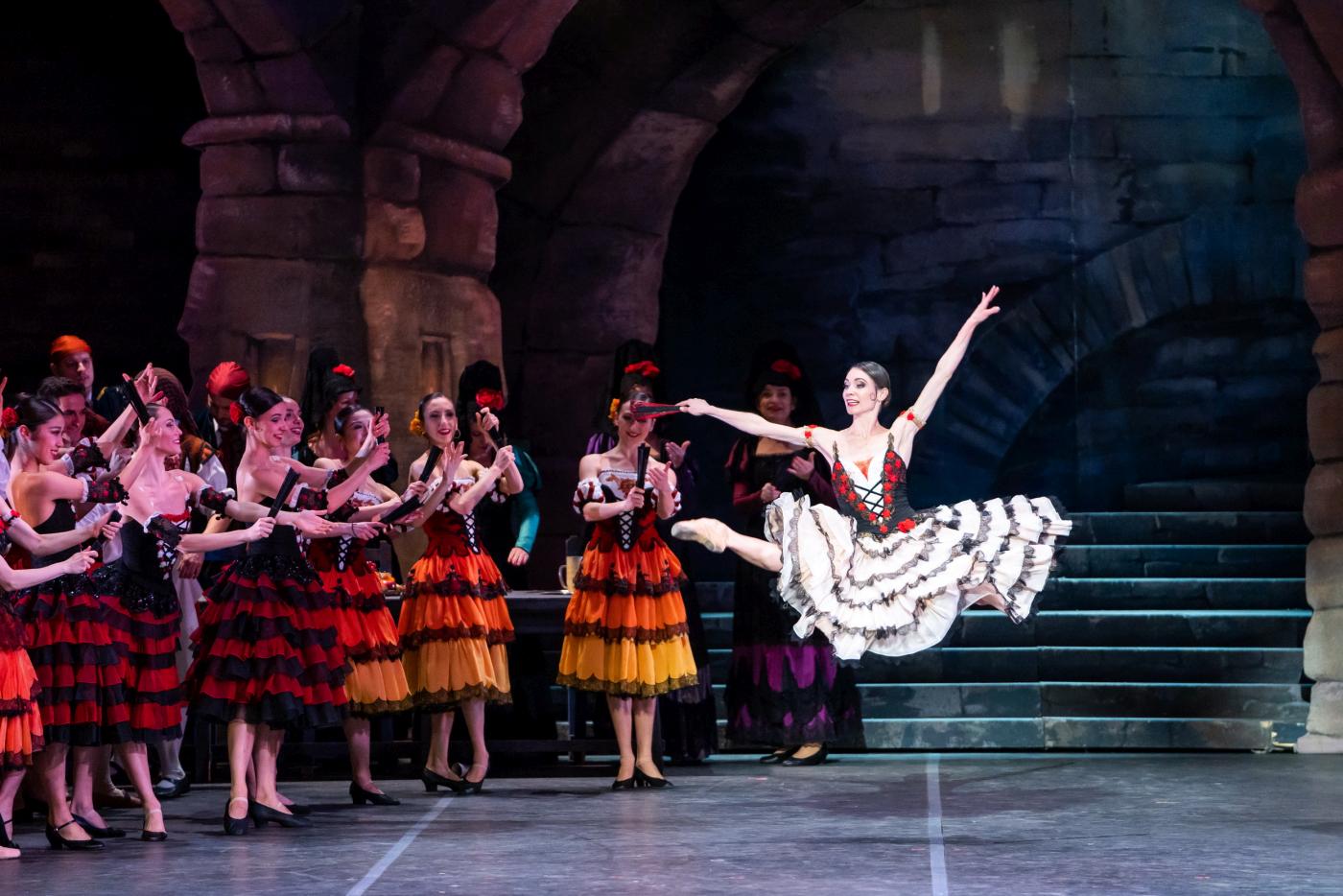
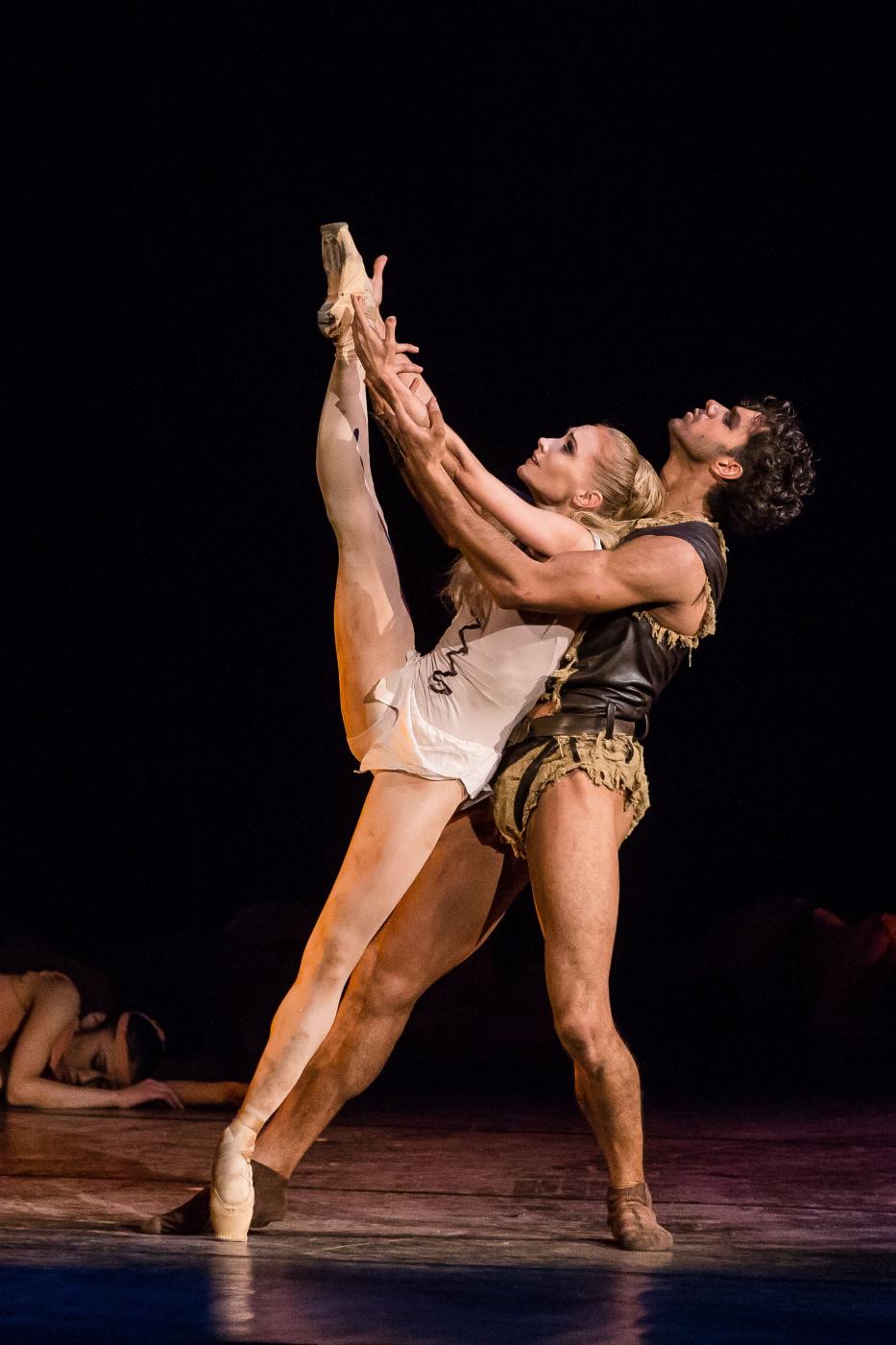 Two of the other nominees are principals of the Hungarian National Ballet. Tatyjana Melnyik was trained in Perm and danced with the Russian State Ballet and the Stanislavsky Ballet before joining the Hungarian National Ballet in 2015. This season, she was named the company’s étoile for the second time. Melnyik was nominated for her performance as Flavia in László Seregi’s Spartacus.
Two of the other nominees are principals of the Hungarian National Ballet. Tatyjana Melnyik was trained in Perm and danced with the Russian State Ballet and the Stanislavsky Ballet before joining the Hungarian National Ballet in 2015. This season, she was named the company’s étoile for the second time. Melnyik was nominated for her performance as Flavia in László Seregi’s Spartacus.
Last season’s étoile, Gergő Ármin Balázsi, joined the candidates for the Prix Benois because of his performance as the ballroom star, Leon, in Boris Eifman’s The Pygmalion Effect. When asked for a statement about the nominees, the company’s artistic director, Tamás Solymosi, explained, 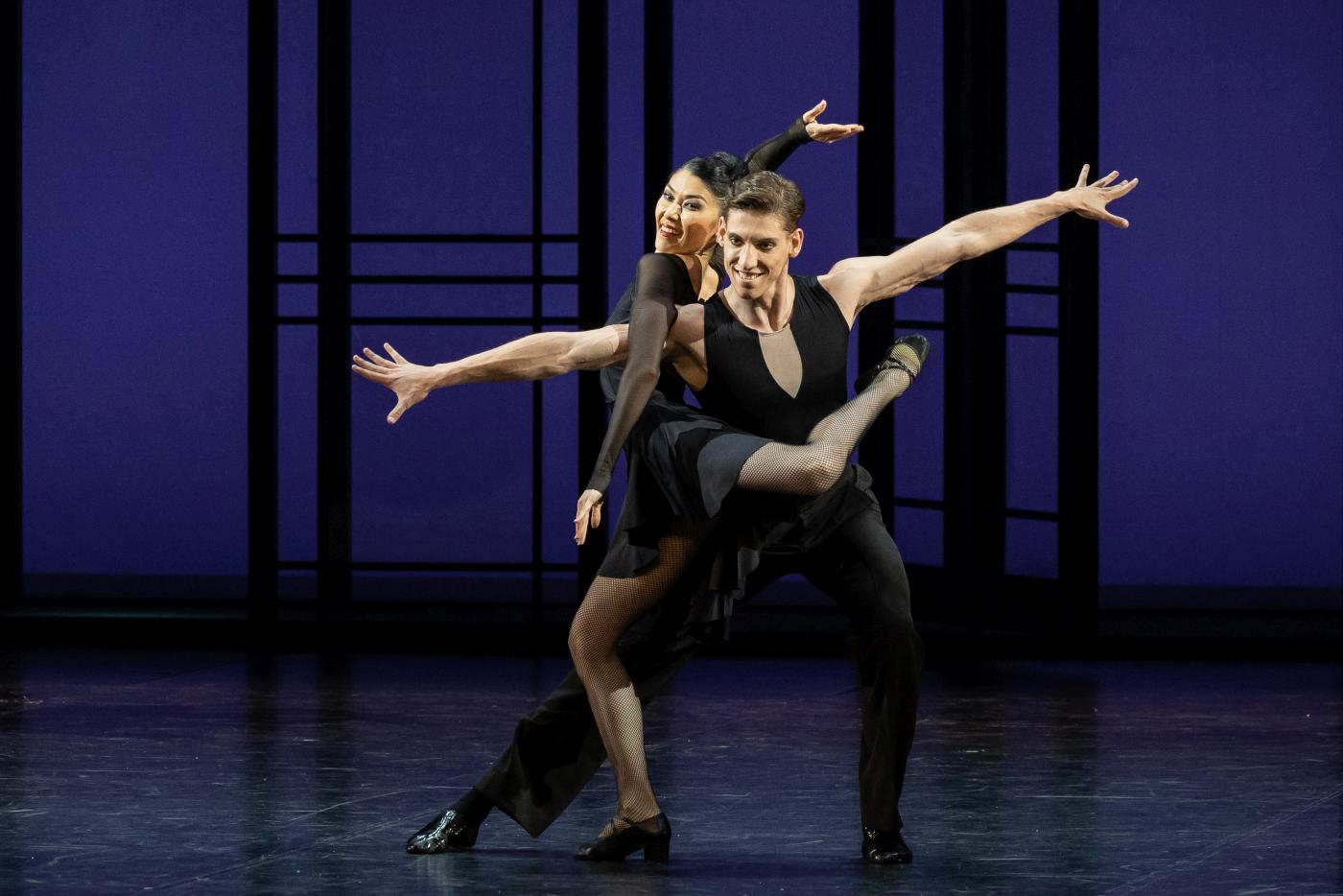
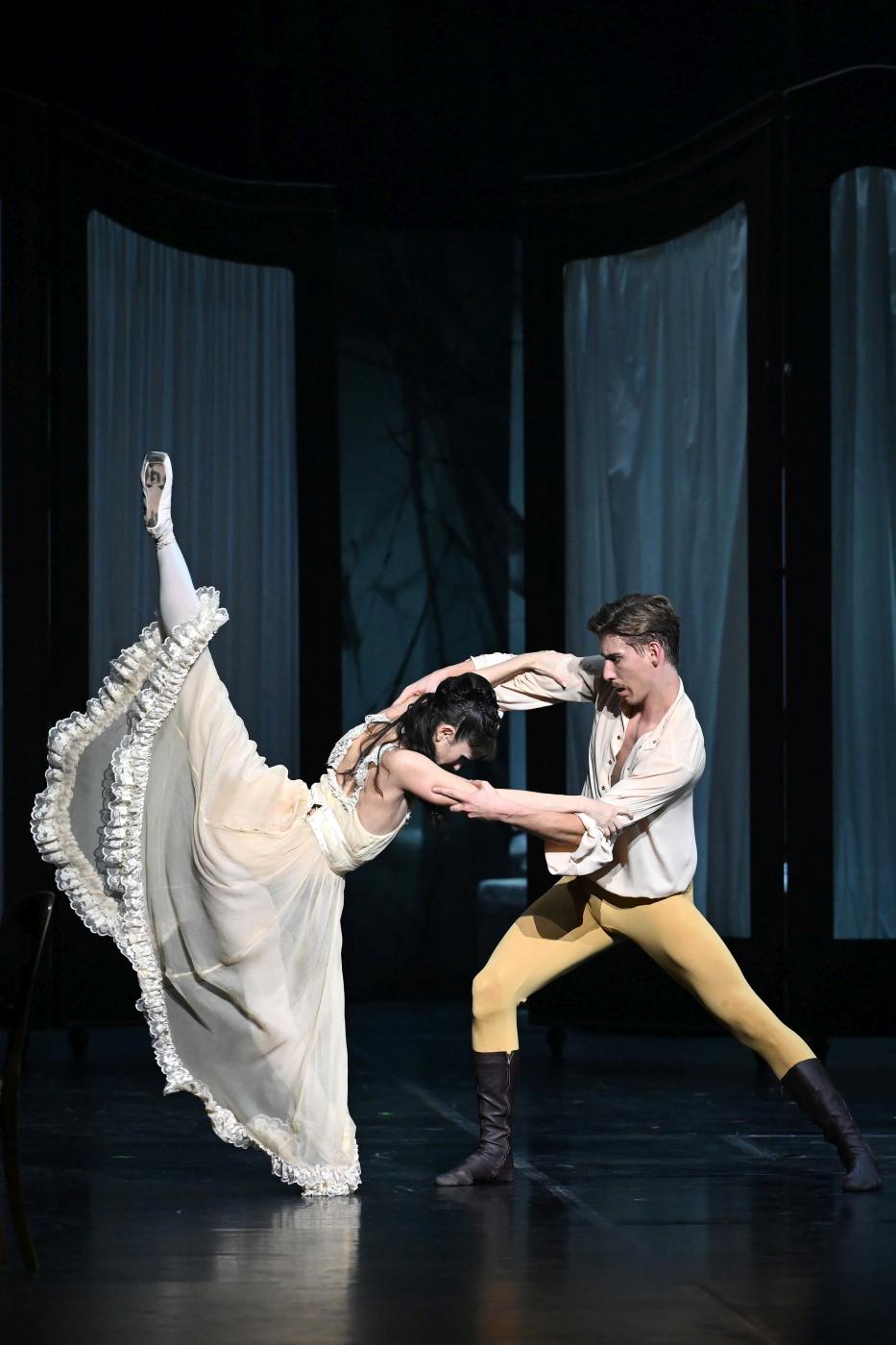 “Both dancers have been blessed with incredible talent they can build upon and add to. Combining their gift and their efforts results in a wonder we can witness on stage.
“Both dancers have been blessed with incredible talent they can build upon and add to. Combining their gift and their efforts results in a wonder we can witness on stage.
I first saw Tatyjana Melnyik as Kitri in Don Quixote in Moscow. Since she has joined the Hungarian National Ballet, I have never seen her not working. She always gives 110 percent no matter if she is in rehearsal or on stage.
Gergő Ármin Balázsi is a charming personality with fantastic technique and stage presence. He can represent characters well that are entirely different, such as Petruchio in The Taming of the Shrew or Leon in The Pygmalion Effect. He is capable of adding a certain plus to the roles that enchants the audience and colleagues alike.
They both have such incredible, unfailing energy inside them and a hunger how to be better in their next roles. It is worth following their careers; they are true stars of the genre.”
Olesya Novikova, a graduate of the Vaganova Academy and a principal dancer of the Mariinsky Ballet since 2021, was nominated for her performance as Aspiccia in La Fille du Pharaon (Marius Petipa’s version as reconstructed by Toni Candeloro).

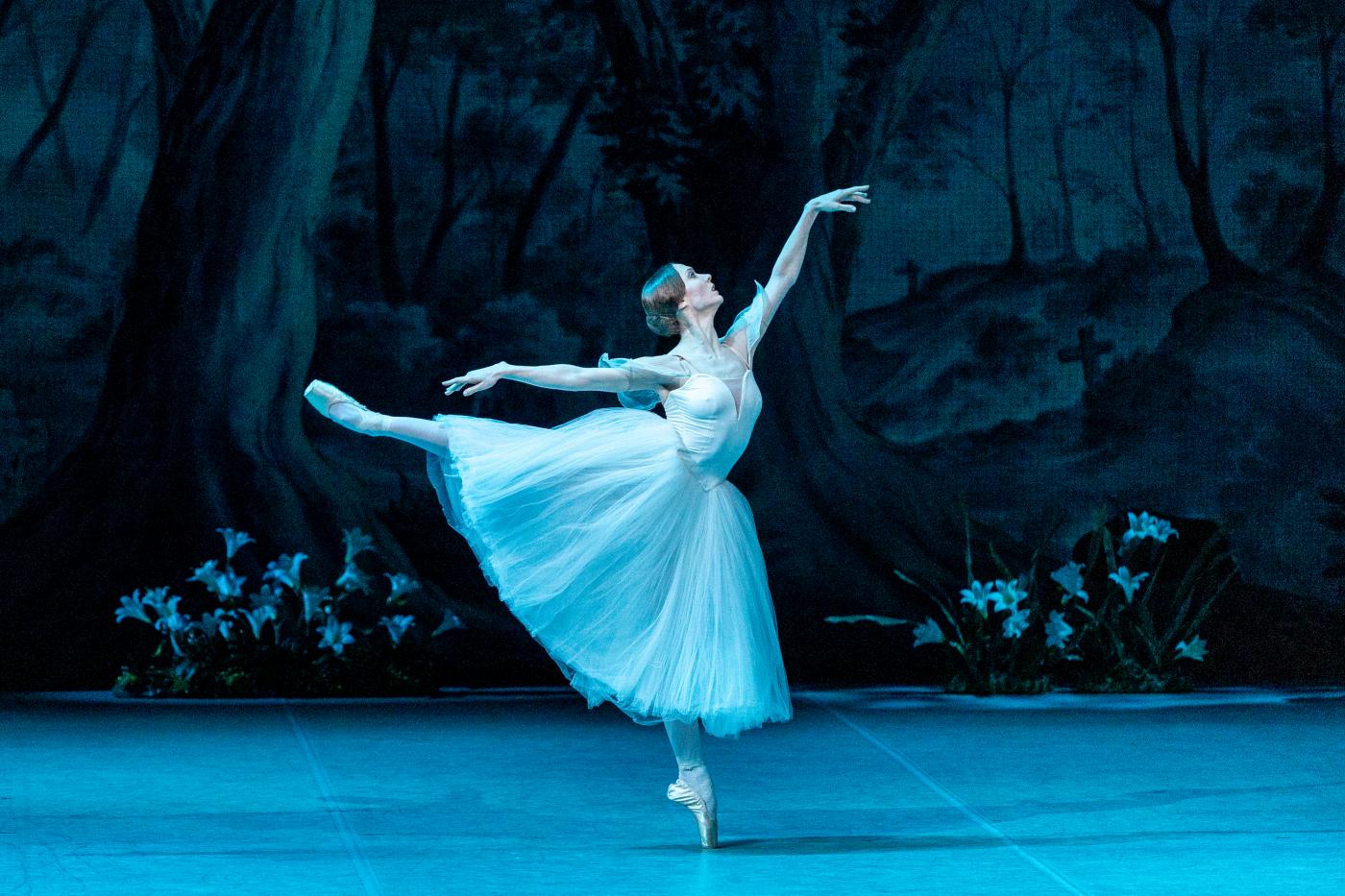 Prisca Zeisel danced with the Bavarian State Ballet before becoming a prima ballerina of the Mikhailovsky Ballet in St. Petersburg in 2023. Zeisel was nominated for her performance as Giselle in Giselle, ou les Wilis, with choreography by Nikita Dolgushin after Coralli, Perault, and Petipa’s original.
Prisca Zeisel danced with the Bavarian State Ballet before becoming a prima ballerina of the Mikhailovsky Ballet in St. Petersburg in 2023. Zeisel was nominated for her performance as Giselle in Giselle, ou les Wilis, with choreography by Nikita Dolgushin after Coralli, Perault, and Petipa’s original.
Perm-trained Nikita Tchetverikov joined the Mikhailovsky Ballet in 2019 and was promoted to principal dancer just recently. His performance of the title role in Spartacus (Georgy Kovtun’s version) led to his nomination for the Prix Benois.
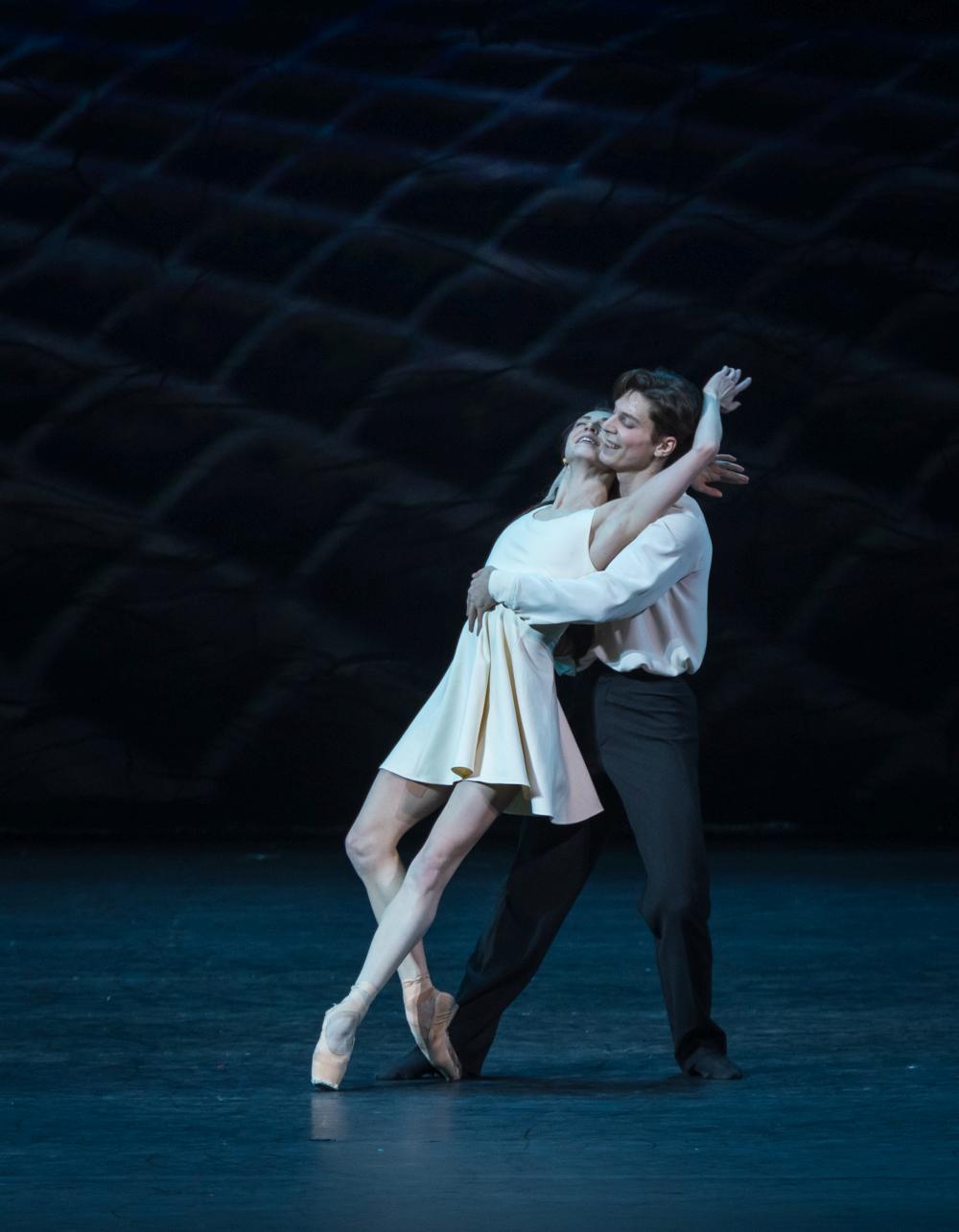
 The nominee of the Stanislavsky and Nemirovich-Danchenko Moscow Music Theatre is Ksenia Ryzhkova, a principal of the company who previously danced with the Bavarian State Ballet and Ballet Zurich. In Moscow, Ryzhkova has been coached by Margarita Drozdova, People’s Artist of the Russian Federation and ballet master since 1987. Drozdova describes her thusly: “I would say that Ksenia has a unique ability to live on stage what is very important. She does not play the role of Giselle or Odette or Odile, she lives these parts. So, we believe her as an actress. Ksenia has a real sense of style as well. It’s amazing to watch the ballets with Ksenia because you live the story with her, no matter which role she performs.”
The nominee of the Stanislavsky and Nemirovich-Danchenko Moscow Music Theatre is Ksenia Ryzhkova, a principal of the company who previously danced with the Bavarian State Ballet and Ballet Zurich. In Moscow, Ryzhkova has been coached by Margarita Drozdova, People’s Artist of the Russian Federation and ballet master since 1987. Drozdova describes her thusly: “I would say that Ksenia has a unique ability to live on stage what is very important. She does not play the role of Giselle or Odette or Odile, she lives these parts. So, we believe her as an actress. Ksenia has a real sense of style as well. It’s amazing to watch the ballets with Ksenia because you live the story with her, no matter which role she performs.”
Ryzhkova was nominated for her performance as Gerda, the heroine in The Snow Queen by artistic director, Maxim Sevagin.

 The Teatro alla Scala has two nominees in the running: principal dancer and étoile, Nicoletta Manni, and principal, Nicola Del Freo. Manni was nominated for her performance as Medora in Le Corsaire by artistic director, Manuel Legris. Del Freo’s nomination is due to his performance as Prince Djalma in the Grand Pas de Deux from Le Papillon, Marie Taglioni’s only ballet, which was revived by Pierre Lacotte.
The Teatro alla Scala has two nominees in the running: principal dancer and étoile, Nicoletta Manni, and principal, Nicola Del Freo. Manni was nominated for her performance as Medora in Le Corsaire by artistic director, Manuel Legris. Del Freo’s nomination is due to his performance as Prince Djalma in the Grand Pas de Deux from Le Papillon, Marie Taglioni’s only ballet, which was revived by Pierre Lacotte.
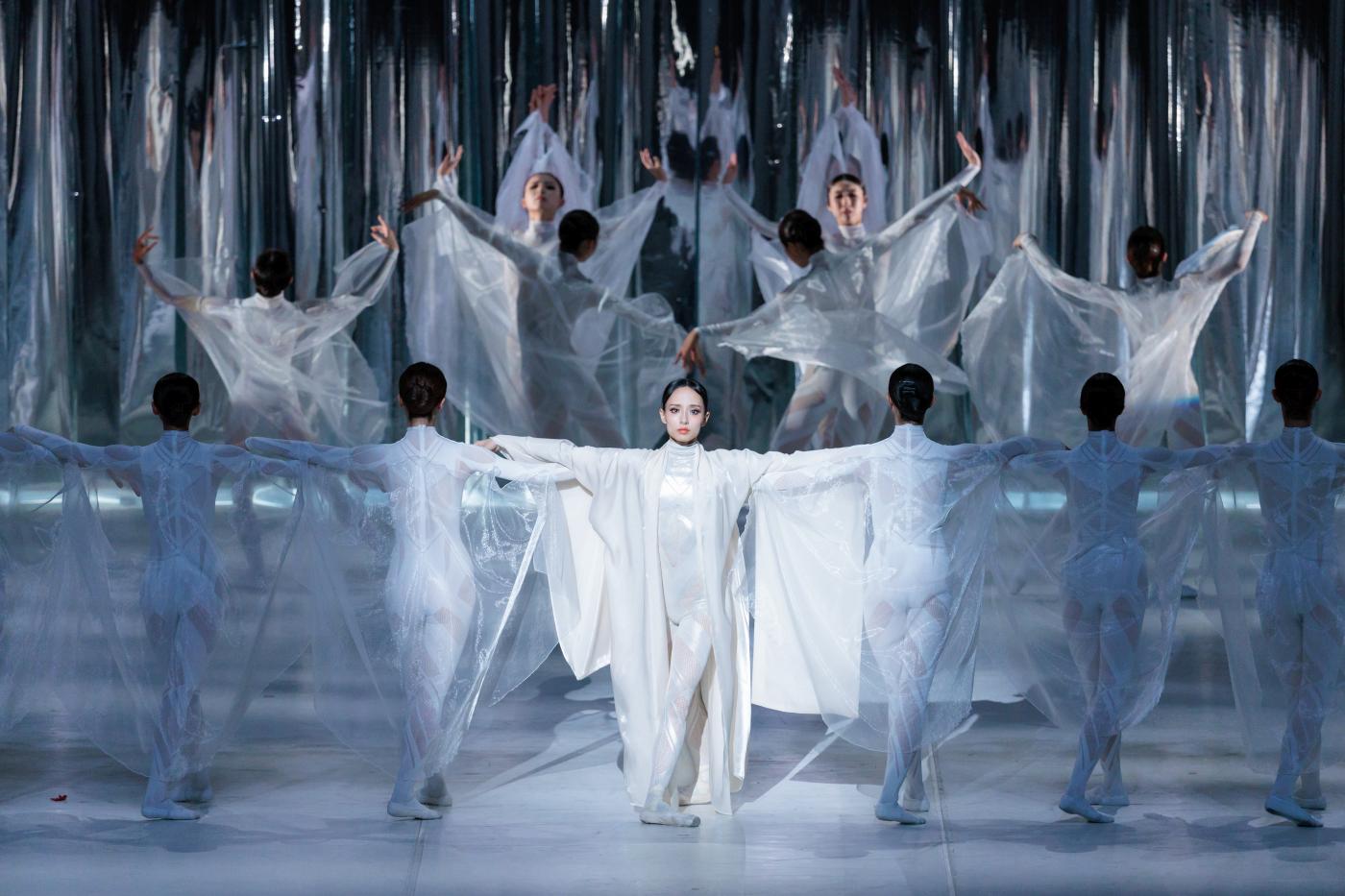
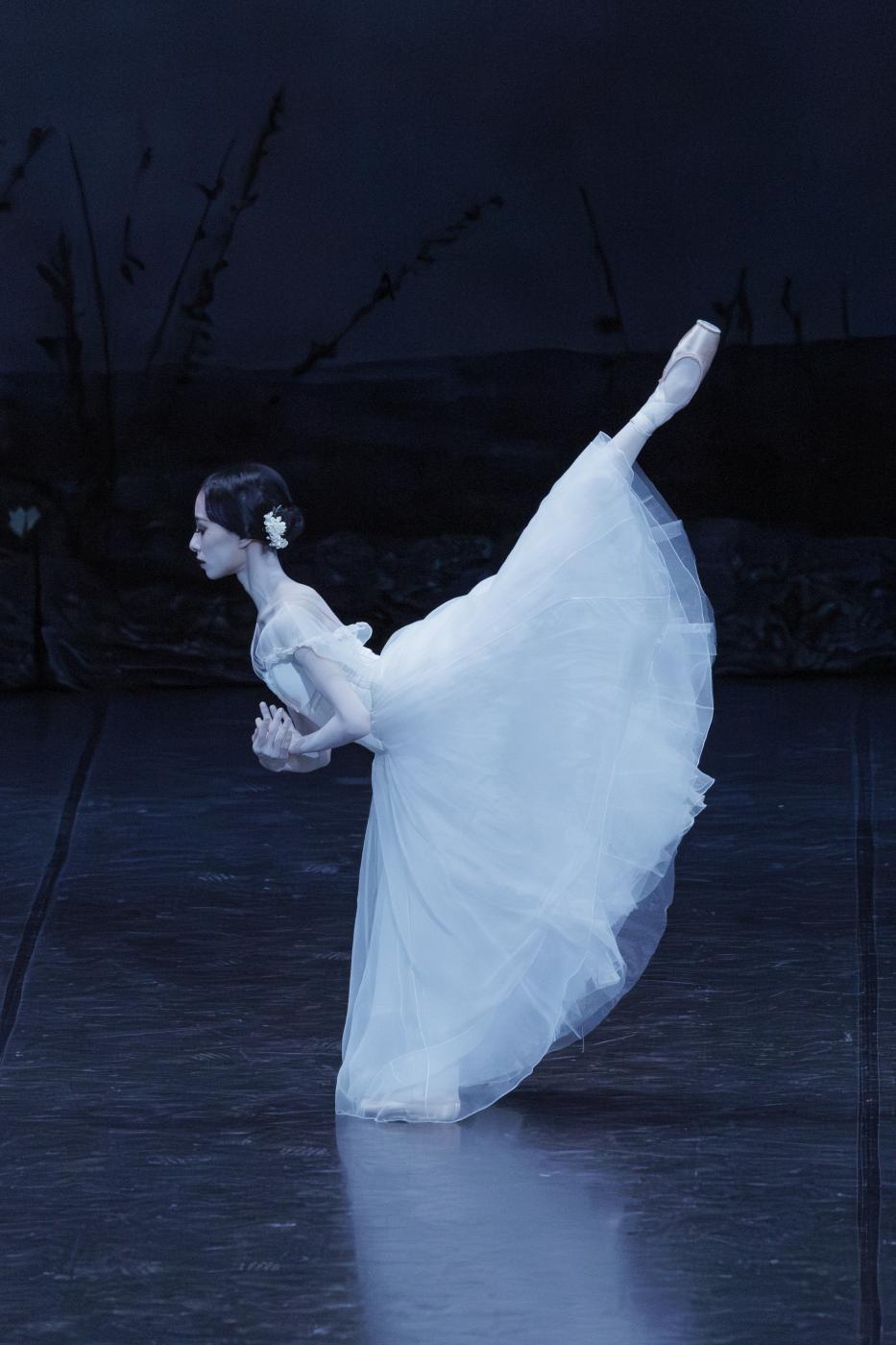 Akira Akiyama, a principal dancer from The Tokyo Ballet, was nominated for her performance of the title role in KAGUYAHIME, a three-act ballet by Jo Kanamori, which is nominated for the Prix Benois in the choreography category. The company’s ballet mistress, Shiori Sano, has known her for many years. “Akira Akiyama was ten or eleven years old when I started to teach her at The Tokyo Ballet School. Akira has always been an earnest, sincere dancer who wishes to learn more and more. She is intelligent, observant, and comprehensive. Most of all, she is a true dance lover who can leave ego behind. Her excellence in technique, artistry, and musicality is the natural result of all these, and I believe she continues to grow as a dancer.”
Akira Akiyama, a principal dancer from The Tokyo Ballet, was nominated for her performance of the title role in KAGUYAHIME, a three-act ballet by Jo Kanamori, which is nominated for the Prix Benois in the choreography category. The company’s ballet mistress, Shiori Sano, has known her for many years. “Akira Akiyama was ten or eleven years old when I started to teach her at The Tokyo Ballet School. Akira has always been an earnest, sincere dancer who wishes to learn more and more. She is intelligent, observant, and comprehensive. Most of all, she is a true dance lover who can leave ego behind. Her excellence in technique, artistry, and musicality is the natural result of all these, and I believe she continues to grow as a dancer.”
(Some comments have been edited for clarity.)
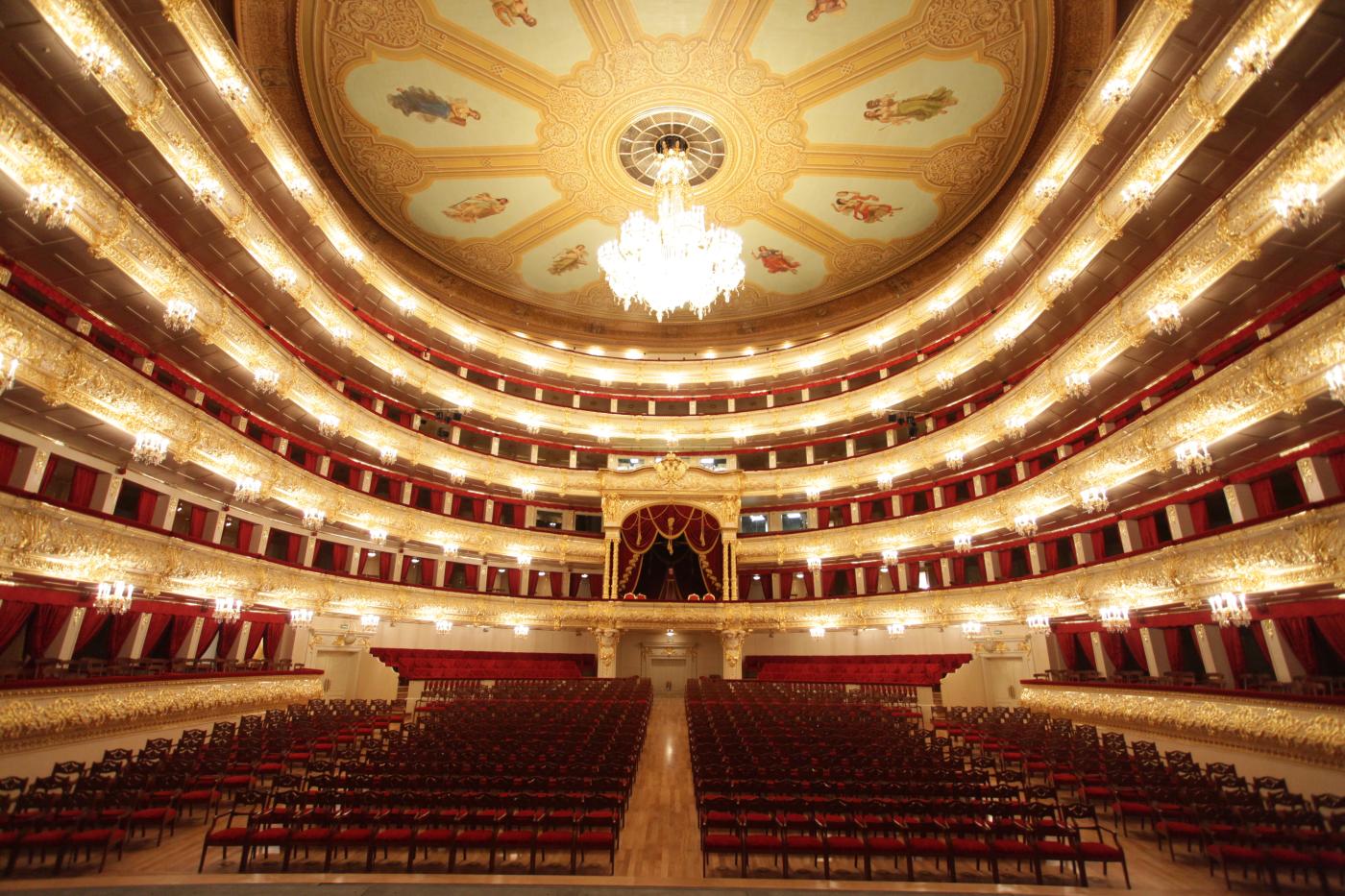
| Links: | Website of the Prix Benois de la Danse | |
| Website of the Bolshoi Theatre | ||
| Website of the Liaoning Grande Theatre | ||
| Website of the Hungarian National Ballet | ||
| Website of the Mariinsky Ballet | ||
| Website of the Mikhailovsky Theatre | ||
| Website of the Stanislavsky and Nemirovich-Danchenko Moscow Music Theatre | ||
| Website of the Teatro alla Scala | ||
| Website of the Tokyo Ballet | ||
| Photos: | 1. | Bolshoi Theatre © Damir Yusupov/Bolshoi Theatre |
| 2. | Statuette of the Prix Benois de la Danse, design by Igor Ustinov © Benois Center | |
| 3. | Artemy Belyakov (Woland), “Master and Margarita” by Edward Clug, Bolshoi Theatre 2023 © Bolshoi Theatre/Elena Fetisova | |
| 4. | Diana Vishneva (Margarita) and Artemy Belyakov (Woland), “Master and Margarita” by Edward Clug, Bolshoi Theatre 2023 © Bolshoi Theatre/Elena Fetisova | |
| 5. | Ekaterina Krysanova (Juliet) and Vladislav Lantratov (Romeo), “Romeo and Juliet” by Leonid Lavrovsky, Bolshoi Theatre 2024 © Bolshoi Theatre/Pavel Rychkov | |
| 6. | Vladislav Lantratov (Romeo), “Romeo and Juliet” by Leonid Lavrovsky, Bolshoi Theatre 2024 © Bolshoi Theatre/Pavel Rychkov | |
| 7. | Tatyjana Melnyik (Flavia) and Gergely Leblanc (Spartacus), “Spartacus” by László Seregi, Hungarian National Ballet © Attila Nagy | |
| 8. | Tatyjana Melnyik (Kitri) and ensemble, “Don Quixote” by Alexander Gorsky, Marius Petipa, Kasyan Goleizovsky, and Michael Messerer, Hungarian National Ballet © Valter Berecz | |
| 9. | Gergő Ármin Balázsi (Leon) and ensemble, “The Pygmalion Effect” by Boris Eifman, Hungarian National Ballet © Attila Nagy | |
| 10. | Lili Felméry (Mary Vetsera) and Gergő Ármin Balázsi (Crown Prince Rudolf), “Mayerling” by Kenneth MacMillan, Hungarian National Ballet © Edina Ligeti | |
| 11. | Prisca Zeisel (Giselle), “Giselle, ou les Wilis” by Nikita Dolgushin after Jean Coralli, Jules Perault, and Marius Petipa; Mikhailovsky Ballet © Svetlana Tarlova |
|
| 12. | Nikita Tchetverikov, “St. Petersburg – Amsterdam” by Nikita Tchetverikov, Mikhailovsky Ballet © Stas Levshin | |
| 13. | Ksenia Ryzhkova (Gerda) and Innokenty Uldashev (Kai), “The Snow Queen” by Maxim Sevagin, Stanislavsky and Nemirovich-Danchenko Moscow Music Theatre © Alexander Filkin | |
| 14. | Ksenia Ryzhkova (Giselle) and ensemble, “Giselle” by Laurent Hilaire after Jean Coralli, Jules Perrot, and Marius Petipa; Stanislavsky and Nemirovich-Danchenko Moscow Music Theatre © Alexander Filkin |
|
| 15. | Nicoletta Manni (Medora) and ensemble, “Le Corsaire” by Manuel Legris, Teatro alla Scala © Brescia e Amisano/Teatro alla Scala | |
| 16. | Nicola Del Freo, “Le Papillon” by Pierre Lacotte after Marie Taglioni, Teatro alla Scala © Brescia e Amisano/Teatro alla Scala |
|
| 17. | Akira Akiyama (Kaguyahime) and ensemble, “KAGUYAHIME” by Jo Kanamori, The Tokyo Ballet © Shoko Matsuhashi |
|
| 18. | Akira Akiyama (Giselle), “Giselle” by Leonid Lavrovsky after Jean Coralli, Jules Perrot, and Marius Petipa; The Tokyo Ballet © Koujiro Yoshikawa |
|
| 19. | Bolshoi Theatre © Damir Yusupov/Bolshoi Theatre |
|
| Editing: | Kayla Kauffman |
